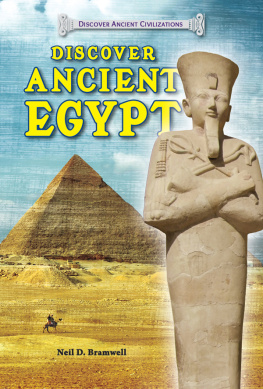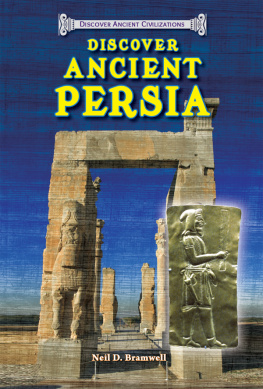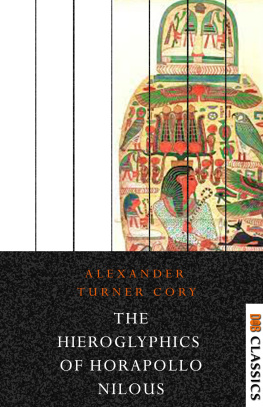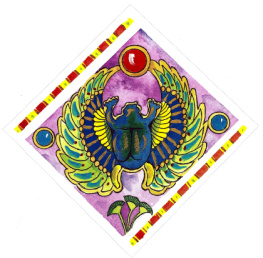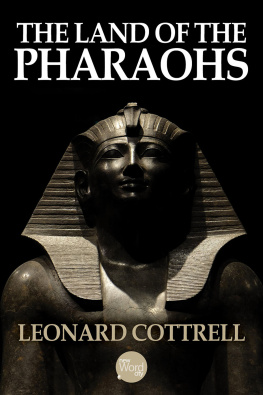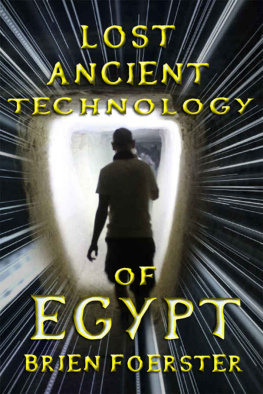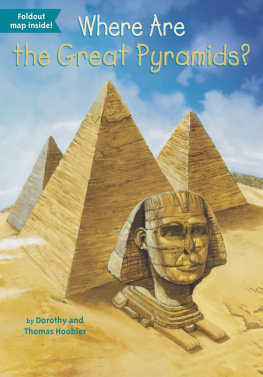CIVILIZATIONS OF THE ANCIENT WORLD
Ancient civilizations have always been a source of fascination. From the first farmers of Mesopotamia, to ancient China, the world's oldest continuing civilization, to Egypt's breathtaking pyramids, to Cyrus the Great of Persia who set up one of the greatest empires of the ancient world, through the glories of Greece and the rise and fall of Rome, each civilization has left behind stories and secrets for those who have followed. The books in the Discover Ancient Civilizations series explore the lands, people, cultures, and conquests of ancient China, Egypt, Greece, Mesopotamian, Persia, and Rome.
About the Author
Neil D. Bramwell practiced law for almost thirty years and taught law at Fordham Law School in the Bronx. Aside from his work on the Discover Ancient Civilizations and the Presidents series for Enslow Publishers, Inc., he has also published a mystery novel.


2012 Photos.com, a division of Getty Images. All rights reserved., And Enslow Publishers, Inc.,
On one of the temple walls at Thebes, Hatshepsut, king of Egypt, commissioned a scene depicting her birth as a divine child. It was her way of establishing her claim to rule as king. Hatshepsut was a woman and could have ruled Egypt as its queen. There had been ruling queens of Egypt before and after Hatshepsut but queens could not exercise all the powers of a king, particularly those of High Priest of Egypt, and Hatshepsut was determined to rule with all the powers of the king.
Thutmose III became pharaoh, or king, of Egypt around 1479 B.C. , on the death of Thutmose II, his father and Hatshepsuts husband. Thutmose III, Hatshepsuts stepson, was a young child at the time, so Hatshepsut was made regentone who governs until a child becomes old enough to rule.
But Hatshepsut wasnt content with the limited power that regents had, and by the seventh year of the regency (1473 B.C. ), she had become powerful enough to declare herself king of Egypt.
A female king was rare in Egyptian history. Of the many kings, only four are known to have been women.

Image Credit: Prill Mediendesign/iStockphoto/Thinkstock
Hatshepsut is shown at her temple at Deir el-Bahri in this row of Osiris statues. The Egyptians believed that the Pharaoh became Osiris when he died.
Hatshepsut did not remove Thutmose III from the throne. Officially, she ruled as co-king, but Hatshepsut exercised sole power for about twenty years. During her rule, Egypt was for the most part at peace, except for at least one military campaign in Nubia (modern-day Sudan), on Egypts southern border, at which Hatshepsut may have been present.

Image Credit: Clipart.com/ 2012 Photos.com, a division of Getty Images. All rights reserved.
Bas-relief on the walls of Hatshepsuts temple showing the results of the trade mission to the land of Punt. Egyptians can be seen loading their ships with young sandalwood trees and other goods.
Throughout her reign, Hatshepsut built and restored numerous temples and monuments. One of the worlds most beautiful buildings commissioned by Hatshepsut is Deir el-Bahri. Chapels for Hatshepsut and her father, Thutmose I, were built as part of this temple. It was here that she had inscribed a scene showing her father declaring Hatshepsut his successor as king. She used this fantasy as propaganda to support her position.

Image Credit: Corel Corporation
Hathshepsuts Temple in Deir el-Bahri is one of many structures erected by this pharaoh.
About the twentieth year of her reign as king, Hatshepsut disappears from the Egyptian record. Nothing is known of her death. Thutmose III asserted his right to rule and did so for another thirty-two years as one of Egypts most powerful kings and military leaders.
In the last years of Thutmose IIIs rule, a deliberate campaign was conducted throughout Egypt to destroy all statues and pictures of Hatshepsut in an attempt to erase memory of her reign. Historians at first believed hatred of Hatshepsuts rule was the cause of the destruction. Now, politics, not hatred, is thought to have been the motive.

Image Credit: Shutterstock
Some years after Hatshepsut's death, her successor, Thutmose III , deliberately destroyed images and other records of Hatshepsut as king.
Thousands of years later, the discoveries of the magnificent temple of Deir el-Bahri and the tomb Hatshepsut commissioned to be built in the Valley of the Kings have once again brought King Hatshepsut to life.
Through the years, the lands of ancient Egypt varied in size and name. The region of southern Egypt from the First Cataract, or waterfall, to Memphis, the first capital of unified Egypt, is called Upper Egypt. The region from Memphis to the Mediterranean Sea, which includes the area known as the Delta, a broad triangular region, is called Lower Egypt. When unified, Upper and Lower Egypt were known as the Two Lands.
Ancient Egypts oldest civilization, thousands of years before Upper and Lower Egypt were united in 3100 B.C. , is known as the Predynastic Period. Scholars often disagree on the exact dates for events in ancient Egypt. For example, some historians date the unification of Upper Egypt and Lower Egypt into one kingdom at 2850 B.C.

Image Credit: Enslow Publishers, Inc.
A map of ancient Egypt during the New Kingdom (1550 B.C. 1080 B.C. )
Historians divide the history of ancient Egypt into three periods beginning with its unification. They are: the Old Kingdom (26862181 B.C. ), the Middle Kingdom (20401730 B.C. ), and the New Kingdom (15501080 B.C. ). These kingdoms were periods in which the absolute rule of kings established a powerful central government. The periods between the kingdoms, when central government was weak, are known as Intermediate Periods. These periods are: the First Intermediate Period (21802040 B.C. ), the Second Intermediate Period (17301550 B.C. ), and the Third Intermediate Period (1080664 B.C. ).
Finally, there is the Late Period (664332 B.C. ). This period is divided by some into the Saite Period (664525 B.C. ), when a king from the city of Sais in the Delta ruled a unified Egypt, and the Late Period (525332 B.C. ), when the Persian Empire ruled Egypt. Rule by the Greeks, under Alexander the Great, began in 332 B.C.
The Nile River was key to the development of Egypt as a nation and to its ancient civilization. The Nile runs the entire length of Egypt from the First Cataract at the southern border of ancient Egypt, north to the Delta, where it divides into branches and finally empties into the Mediterranean Sea. The Nile was the only water source the Egyptians had. Each year in the fall, flooding of the Nile deposited a strip of immensely fertile soil about four to thirteen miles wide on both sides of the river.

